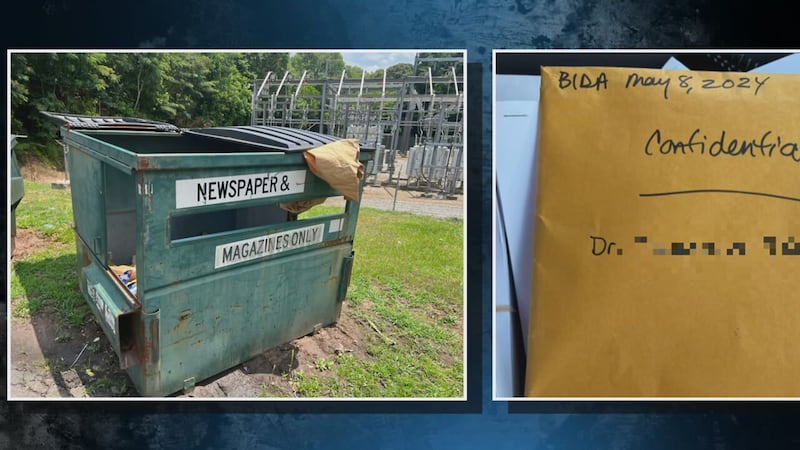WASHINGTON, D.C. — NASA released a new image from the James Webb Space Telescope on Friday morning to mark the second anniversary of Webb’s science operations.
They say the photo shows two galaxies, one that looks like a penguin and another that looks like the egg its guarding. They described the galaxies as being intertwined in a “cosmic hug.”
[DOWNLOAD: Free WSB-TV News app for alerts as news breaks]
Researchers say the two galaxies first passed one another between 25 and 75 million years ago, and hundreds of millions of years from now they’ll slowly merge into a single galaxy.
It’s estimated that the penguin and the egg are about 100,000 lightyears apart.
TRENDING STORIES:
- Parents arrested after grandma calls 911, says she’s ‘tired of taking care of all these kids’
- 10 kids involved in chase, crash in middle GA; 4 flown to Atlanta hospital in critical condition
- AT&T hack: Almost all customers call, text records exposed in 2022 data breach
The Webb Telescope first launched in 2021 and is the largest and most powerful telescope in the world, according to NASA.
“In just two years, Webb has transformed our view of the universe, enabling the kind of world-class science that drove NASA to make this mission a reality,” said Mark Clampin, director of the Astrophysics Division at NASA Headquarters.
Back in December, the Webb Telescope gave stargazers an inside look at an exploded star.
Webb’s Near-Infrared Camera, or NIRCam, gives scientists the ability to see the remnant in various wavelengths, producing the detail in the images. Earlier, Webb’s Mid-Infrared Instrument, or MIRI, had taken images of Cassiopeia A in April, Smithsonian Magazine reported. They looked different than the latest ones, with features appearing in one version but invisible in others, according to CNN.
[SIGN UP: WSB-TV Daily Headlines Newsletter]
IN OTHER NEWS:
©2024 Cox Media Group








